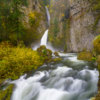How to Prepare for a Successful Photography Fine Art Exhibit
You’ve built a nice portfolio of landscape photographs. Now, it’s time to share your photography with the outside world. I’m not talking about Instagram. I’m talking about your own Fine Art Exhibit.
In an era when photographic art is widely consumed digitally by viewers who spend only seconds with it, exhibiting exposes your work to a more deliberate and appreciative audience. Rather than flipping through your images on their devices, an exhibition allows people to spend more quality, focused time with them. Exhibiting also strengthens your Curriculum Vitae and your reputation. But, most importantly, your work deserves to be seen and appreciated in person. It merits installation outside of the virtual world.
Here are key considerations in preparing for a fine art exhibit.

When curating pieces for exhibiting, it helps to spread out your photographs on a table and play with groupings and arrangements.
Curating
Curating your own work can be challenging. You can certainly enlist the help of a trusted friend or more experienced colleague, but it’s important that your voice comes through the collection. A strong personal vision will lend more impact to your fine art exhibit. But, don’t be intimidated by curating! Try to find a common thread in your images, then group them together. Lay them out on a table, side-by-side. Remove the weakest images. Fewer, strong pieces will make a better statement than a huge collection with some unimpressive work. Less is more.
Write Your Artist Statement.
A well-written artist statement helps the public to understand the intention behind your body of work. The gallery will display your statement with your exhibit and will also use it as a promotional tool.
It can be difficult to write an artist statement, but this is the most important step in preparing for your exhibit. The process of writing a statement will tease out any weakness in your thinking and clarify the concept behind your work. Most of all, it will help you understand yourself better as an artist. Don’t try to sell it, but rather, express your intent concisely and honestly. Allow your art to back it up.
To help you frame your statement, consider these questions.
- What are you trying to express with your photographs? Which emotions or what ideas are you trying to convey?
- What motivates you to create landscape photographs?
- Where do you draw inspiration?
- What makes your photographs unique?
- What do your photographs mean to you?
- Are there any special and/or unique photographic techniques that you used?
- What artists influence your work?

One of my first solo exhibits was at our local rock climbing gym. They had plenty of wall space and I had plenty of photos of rocks. It was a good match.
Group v. Solo Art Exhibition
If you’ve never exhibited your work, participating in a group show is a great way to learn the ropes. You will likely be guided through framing choices, deadlines, and pricing your work. Decisions, such as the theme, will be decided for you. It is also less expensive to participate in a group show, because the expenses are shared among several artists. You will only have to produce a few pieces, versus filling every wall. Promotion of the exhibit is also shared. Group shows often draw a larger and more varied audience, so there is the benefit of having more eyes on your work.
Solo exhibits certainly carry prestige, and you can get more of your work exposed, but you will also shoulder all of the expenses. However, solo exhibits are important for the sole reason that you can display a large, cohesive body of your work to tell the story you want to tell.

My third solo exhibit was at my local camera store. We filled every empty wall with my photographs, even the stairwell!
Where to Exhibit
Non-traditional spaces, such as libraries, community centers, schools, and universities all have wall space and many are open to hosting art exhibits. Cafes and restaurants in your local area are also great places to exhibit your work. Many restaurant owners are open to hanging the work of local artists on their walls because it adds panache and brings in customers. Sometimes, they don’t ask for a commission. The downside to exhibiting in such spaces is that the patrons are not there to purchase art, but for other commerce, like dining. And, you will very likely be responsible for promoting, hanging the exhibit, and handling all sales.
Get creative, and don’t be afraid to ask! I’ve exhibited in a restaurant, a camera store, and even a rock climbing gym when I started out.
Artist-run galleries are spaces for rent that require the artist to “sit” with the exhibit whenever it is open to the public. The artist is also responsible for handling sales.
It is difficult to get exhibited in a Commercial Gallery. Competition is fierce because so many artists want to be represented commercially. The gallery provides the staffing of the exhibit, so it is reasonable that they will take a higher commission. Often, commercial galleries provide submission guidelines and deadlines, so pay close attention to their rules.

Be realistic about the costs involved with producing an exhibit. For example, I print my own work, making many small proof prints before settling on a final version. The cost of materials and ink in making those proof prints needs to be included in the total cost.
Costs and Budgeting
Creating a photographic exhibit can be a lot of work and expense. Printing, framing, gallery fees and commissions can add up fast. You may also need to purchase insurance, especially if your exhibit is hanging in a public space. Most galleries will not be responsible for damaged work. Finally, there is your time selecting, printing, framing, transporting, and hanging the work.
Put together a realistic budget. Be sure to estimate how much time you will spend on creating the exhibit. You will need those numbers when you decide how many pieces to include and in pricing your work.
It is important to set realistic expectations when estimating how much of your work will sell during the exhibit. Gallery owners can be very helpful in providing projections based on past exhibit performance. That said, if one of your goals is to sell lots of work at your exhibit, you could be disappointed. Don’t exhibit because you want to sell your art. Exhibit because you want people to see your art.
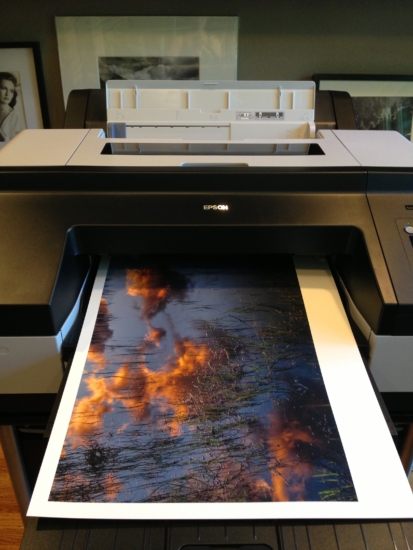
Galleries usually also earn a commission when they sell special sizes of your work. For example, if one of their customers goes to your website and purchases one of your photographs as a result of visiting your photography exhibit, then a commission is owed to the gallery.
Commissions and Pricing
Commissions paid to the fine art gallery can vary, depending on the operation, so be sure to get clarification on the split before you price your work. Some galleries take up to 50% of the sale price. Details are spelled out in the gallery’s contract, including how you will get paid, so be sure to read the fine print.
Pricing your work is tricky. If you are just starting out, you won’t be able to command the prices that seasoned, well-known photographers can get, but you don’t want to undersell your work either. Study the price sheets of comparable photographers, and ask the gallery curator or owner for guidance on pricing, if appropriate.
Planning
Make a calendar with deadlines. Work with the gallery to ensure you are meeting and responding to their critical timetables. If you are shipping your work, be sure to allow ample time in the schedule for transporting it.
Framing your Fine Art Prints
Framing can be the most financially draining part of a fine art exhibit. Choose a treatment that presents your work best, fits the space, and stays within your budget and sales expectations. Custom, professional framing can be expensive, but the results are impressive. You can still get very nice results if you don’t mind doing some of the legwork yourself. Try to limit the number of size variations of the pieces in your show and purchase all your frame kits in that one size. There is usually a discount for buying multiple units.
In addition to showing smaller, uniform-sized pieces, I also like to include one large piece as a cornerstone to the exhibit. Consider wall space, room configuration, and flow when you lay out the pieces. How will visitors move through the exhibit? How can you order the pieces to tell a story?
You may also want to offer smaller, less expensive matted pieces in a bin. These are usually quite popular for people who want to take something home but don’t want to commit to a larger, more pricey version. It’s also an opportunity to sell photos that may not be on the walls.
The Opening Reception
The hard work is done, and now it’s time to have a party! The opening reception is your time to relax and see how people interact with your work. Your guests are not going to want to stand around for hours, so make sure there are comfortable places to sit. You can invite a local musician to perform, or create your own playlist. Depending on the venue, you might set up a cash bar with a bartender. Or, offer a complimentary selection of wine, beer, and soft drinks with snacks. Provide a guest book so you can stay in touch with your fans or build a mailing list.
Promoting your Art Exhibition
If you want people to see your fine art exhibit, you are going to have to tell them about it. Don’t be shy. Social media, such as Facebook, Twitter, Flickr, and other online communities is a great way to reach a large number of people quickly. Your most loyal and responsive audience will be your friends and family, so send them an invitation, email or flyer about your exhibit. Contact the local newspaper and get on their events calendar. Put up flyers in your local camera store. Notify camera clubs in your area about your exhibit.
You’ve worked hard! Go ahead and crow a little about your work!

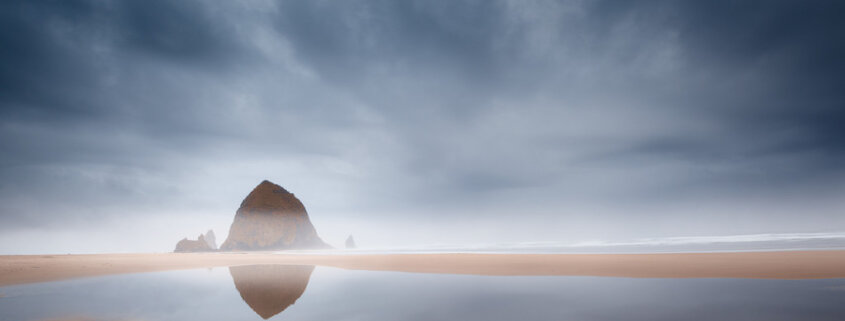
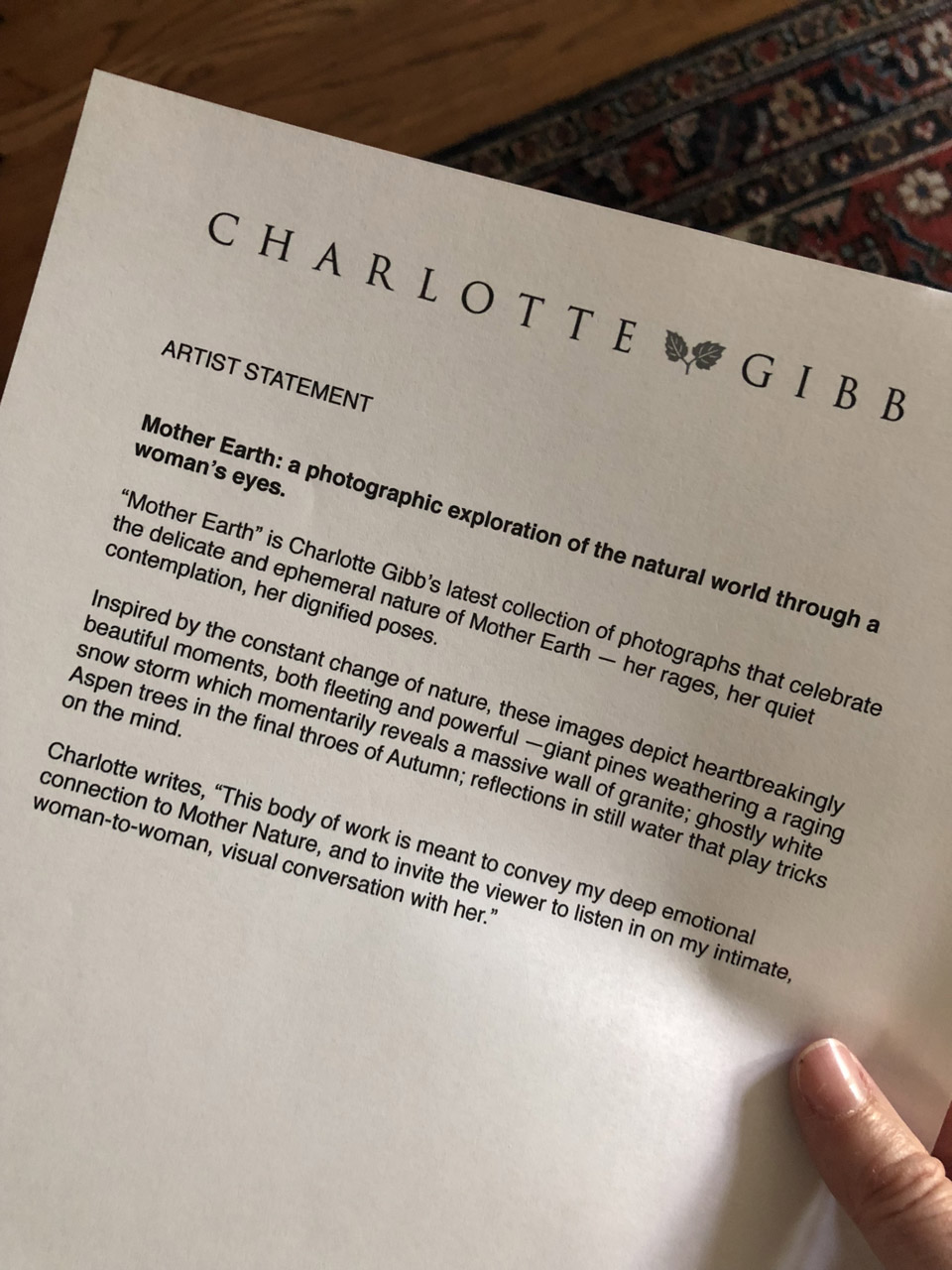
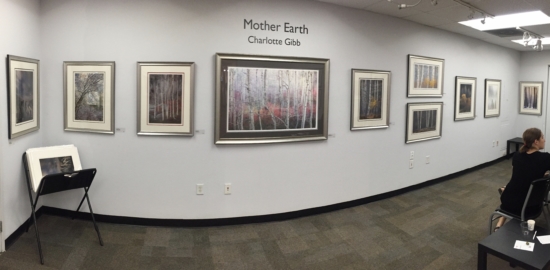
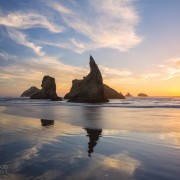



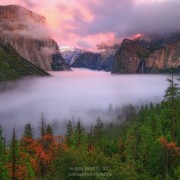

 Grant Collier
Grant Collier